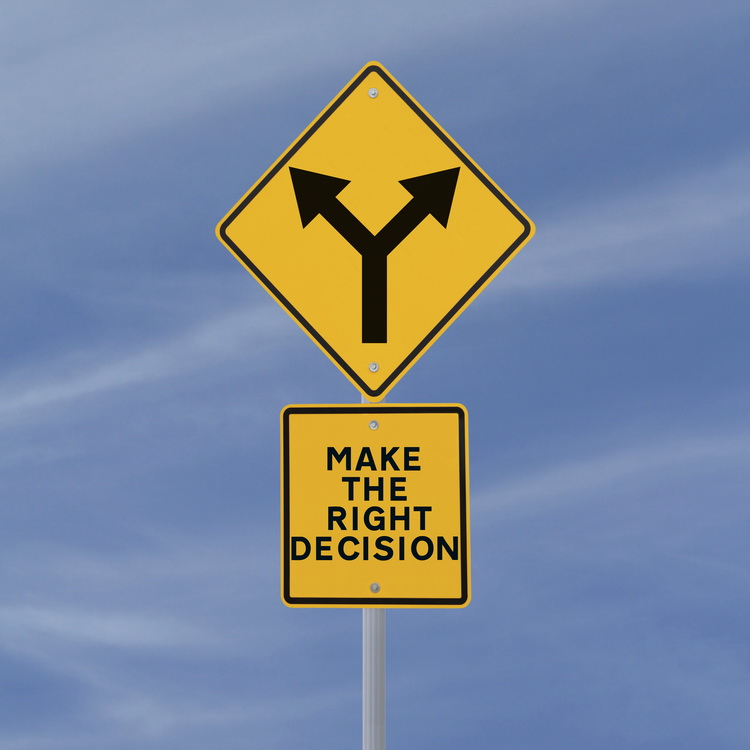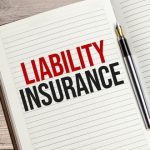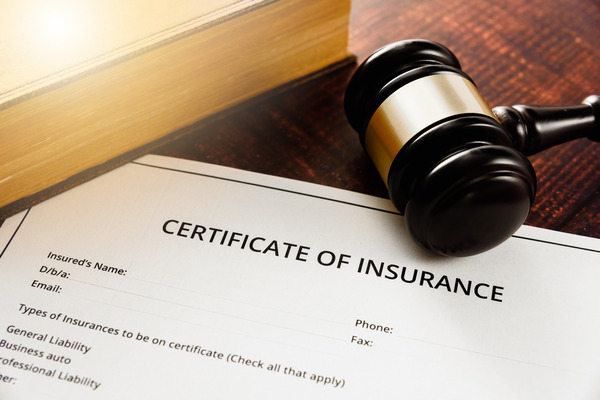When it comes to protecting your business, understanding the nuances of different insurance policies is crucial. Two types of insurance that often cause confusion are Business Owners Policy (BOP) and Inland Marine Insurance. While they may sound somewhat similar, they serve distinct purposes and cover different aspects of a business. In this comprehensive guide, we’ll dive into the details of BOP and Inland Marine Insurance, helping you understand which one is right for your business needs.
What is BOP Insurance?
A Business Owners Policy (BOP) is a package that combines various types of insurance coverage into one bundle, designed specifically for small to medium-sized businesses. This type of policy typically includes:
- Property Insurance: Covers damage to buildings and contents owned by the company.
- Liability Protection: Covers your company’s legal responsibility for the harm it may cause to others.
- Business Interruption Insurance: Provides compensation for lost income and expenses incurred when a company must pause operations due to a covered event.
BOP is popular among small business owners because it simplifies the insurance process and can be more cost-effective than purchasing separate policies.
What is Inland Marine Insurance?
Inland Marine Insurance, despite its nautical-sounding name, has little to do with sea-related activities. Originally designed to cover goods transported over water, this insurance evolved to cover goods in transit on land, as well as specific movable property, instruments of transportation (such as bridges and roads), and communication tools (like cell towers and radio stations).
Inland Marine Insurance is tailored for businesses that frequently transport goods or have high-value equipment that moves locations.
Key Differences Between BOP and Inland Marine Insurance
- Coverage Scope: BOP offers a broader package, covering property, liability, and business interruption, while Inland Marine is more focused on goods in transit and movable property.
- Business Suitability: BOP is ideal for small to medium-sized businesses with standard risks, such as retail stores or offices. In contrast, Inland Marine is suited for businesses that deal with transportation of tools or have high-value mobile equipment.
- Customization and Flexibility: Inland Marine policies are often more customizable, catering to specific needs of businesses that have unique risks associated with movable property.
Choosing the Right Insurance for Your Business
Assessing Your Business Needs
To determine which insurance is right for your business, assess your operations:
- Do you have a physical location that needs protection?
- Do you deal with a lot of public interaction, necessitating liability coverage?
- Does your business involve transporting goods or using specialized equipment offsite?
Answering these questions can help you decide which policy aligns best with your business risks.
Understanding Policy Limitations
Both BOP and Inland Marine Insurance have limitations. For instance, BOP might not cover professional liability or auto insurance, and Inland Marine doesn’t typically cover stationary property. Knowing what is not covered is as important as knowing what is covered.
Considering Cost Factors
Cost is a significant factor in choosing insurance. BOPs are generally cost-effective for the coverage they offer, but prices can vary based on your business’s size, location, and the specific risks it faces. Inland Marine Insurance can be more expensive, depending on the value of the items insured and the risks involved in their transport or use.
Consulting with Insurance Professionals
Given the complexities of business insurance, consulting with an insurance agent or broker who understands your industry can be invaluable. They can provide insights into the types of risks your business faces and recommend the most appropriate type of insurance.
Real-World Scenarios
Scenario 1: Retail Business
Imagine you own a small retail store. You have a physical location, stock inventory, and interact with the public regularly. A retail store BOP would be ideal as it covers your property, provides liability protection, and covers loss of income if your store has to close temporarily due to a covered event.
Scenario 2: Construction Company
Now, consider a construction company that transports tools and machinery to various job sites. Inland Marine Insurance would be more suitable, as it covers the equipment while in transit and on the job site, which is not typically covered by a BOP.
Combining BOP and Inland Marine Insurance
For some businesses, a combination of BOP and Inland Marine Insurance might be the best approach. For example, a photography studio might use a BOP for general liability and property insurance at their primary location, but need Inland Marine Insurance for cameras and equipment used on location at photo shoots.
Conclusion
Choosing the right insurance for your business is a critical decision. While BOP offers a comprehensive package suitable for many small to medium-sized businesses, Inland Marine Insurance provides specialized coverage for goods in transit and movable property. By understanding the unique aspects of your business and consulting with insurance professionals, you can make an informed decision that ensures your business is well-protected against a variety of risks. Remember, in the world of business, being adequately insured is not just a safety net; it’s a cornerstone of sustainable and responsible business management.












